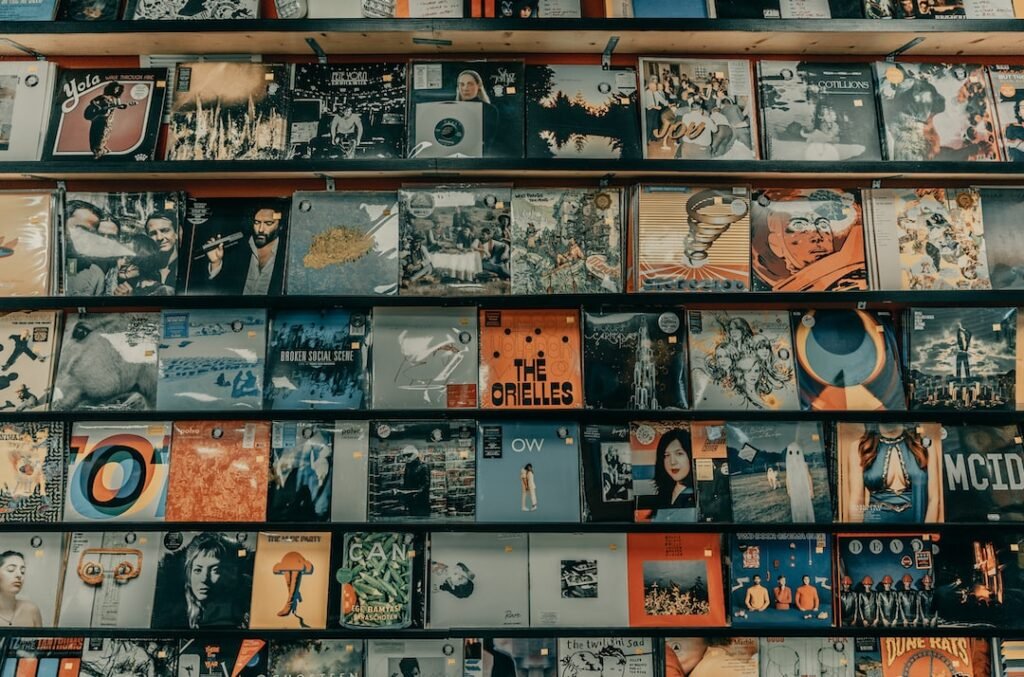
The independent music scene and record label scene have long been vital to the evolution of music, offering alternative sounds, creative freedom, and a counterpoint to the mainstream music industry. Independent labels, also known as “indie labels,” are music companies that operate outside of the major record label system, often focusing on niche genres and providing artists with more control over their music, image, and career.
The Roots of the Independent Music Scene
The indie music scene can be traced back to the post-World War II era when underground and countercultural movements began to take shape. However, the modern independent music scene truly started gaining traction in the 1970s and 1980s. With the advent of punk rock and the DIY (Do-It-Yourself) ethos, musicians began to form their own labels and distribution networks. The punk rock movement was especially influential, with bands like The Ramones, Sex Pistols, and The Clash rejecting mainstream record labels in favor of self-publishing their music. This era marked the beginning of an independent label culture that allowed musicians to be more authentic and true to their creative vision.
The 1980s and 1990s: A Boom for Indie Labels
The 1980s and early 1990s witnessed a surge of independent labels, largely thanks to the rise of alternative rock, indie pop, and various subcultures that spurned commercial success for artistic integrity. Record labels like SST Records, Sub Pop, and Rough Trade emerged as some of the most prominent indie labels during this period. They helped bring the world bands like Sonic Youth, Nirvana, The Smiths, and The Pixies. These labels not only provided the infrastructure to release records but also offered a community of artists who shared similar anti-commercial sensibilities.
This period saw indie labels’ creative freedom align with emerging music technology, like affordable four-track recording and home studio setups, which allowed bands to produce and distribute music on their own terms. In many cases, these independent labels used non-traditional distribution methods, such as mail orders, local record stores, and small indie retail chains, which helped bypass the corporate control of larger label systems.
The Rise of Digital: 2000s and Beyond
As the digital age arrived in the 2000s, the independent music scene experienced a major transformation. The proliferation of the internet and the rise of digital music platforms like Bandcamp, SoundCloud, and later Spotify, gave independent artists the ability to release and distribute their music directly to fans with minimal overhead. Independent labels began to leverage these platforms to grow their presence, making it easier than ever for artists to build a global following without the support of a major label.
During this time, DIY culture saw a massive resurgence. Many artists began to self-release music on streaming platforms or distribute music through online stores, while still working with indie labels for promotion and distribution. Labels like Warp, Domino, and 4AD became well-known for championing both established and emerging artists who weren’t quite fitting into the mainstream commercial mold. These labels cultivated diverse catalogs that included genres from electronic, experimental, indie rock, post-punk, and more.
The Indie Label’s Role in Artist Development
One of the key aspects of independent labels is their ability to nurture artists. While major labels often prioritize commercial success and chart-topping hits, indie labels focus more on artist development and creative integrity. Many independent labels offer more hands-on attention and work closely with the artists to help them grow musically and find their unique voice.
Indie labels typically emphasize long-term relationships, rather than short-term, mass-market success. While this might not always lead to immediate commercial gain, it fosters a more loyal and devoted fan base. Some of the most significant artists of the past few decades, including Radiohead, Arcade Fire, and Vampire Weekend, initially gained their footing through independent labels before making the leap to mainstream success.
The Role of Independent Venues and Festivals
Another critical aspect of the independent music scene is the community surrounding it. Independent venues, small clubs, and music festivals provide a space for indie artists to perform, connect with their fans, and support one another. Festivals like Pitchfork Music Festival, Primavera Sound, and SXSW have become important gathering points for both emerging and established indie artists.
These venues and festivals help to build a sense of belonging within the independent music community. They allow for experimentation and risk-taking in both live performances and music releases. In turn, these spaces have allowed indie music to grow its cultural significance and become more than just a musical genre—it’s become a lifestyle.
Challenges and the Future of Indie Music
While the indie scene continues to thrive, it faces challenges, particularly around issues of visibility and sustainability. As major streaming services have become the dominant way people consume music, indie artists and labels often struggle to gain adequate revenue, with small payouts per stream and the dominance of major label artists. This has led many indie artists to seek out alternative revenue streams, such as crowdfunding, selling merchandise, or hosting live streams and virtual concerts.
Despite these challenges, the indie music scene remains vibrant. The continued growth of independent platforms, the increasing acceptance of alternative and niche music by mainstream audiences, and the ongoing desire for creative freedom ensures that indie music will continue to thrive in the future.
In conclusion, the independent music scene and the labels that support it represent a crucial aspect of the music industry. By offering alternative ways to create, distribute, and experience music, they have given rise to some of the most innovative and influential musical movements. As technology continues to evolve and new ways of listening emerge, the indie music scene will undoubtedly continue to provide a home for diverse sounds, new ideas, and uncompromising artistry.
